Artemis I mission to orbit the moon has failed again. For the second time this week, NASA was forced to cancel the launch on Saturday (Sept 3) after another fuel leak. The rocket was supposed to go off on Monday, but was postponed to Saturay due to liquid hydrogen leaks. NASA engineers had tried to fix the leaks at least three times, but could not solve the problems.
Now, the new American moon program could be delayed by several weeks. Other launch windows – Monday (Sept 5) and Tuesday (Sept 6) – have been scrapped as NASA has no confidence it could fix the leak problem. Artemis is NASA’s program to return astronauts to the moon, where no human has visited since 1972. The U.S. is the only country to have sent humans to the Moon.
There were six crewed U.S. landings between 1969 and 1972. Neil Armstrong and Buzz Aldrin were the first two men who landed on the moon on Apollo 11 on July 20,1969. The last two people landed on the moon were Gene Cernan and Jack Schmitt on Apollo 17 in 1972. All Apollo lunar missions had a third crew member who remained on board the command module.
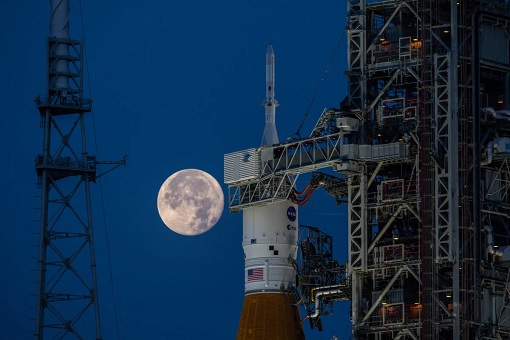
The Artemis I mission is to send the Space Launch System (SLS) rocket and Orion capsule on a more than month-long journey around the moon. While this first mission will not carry astronauts, nor land on the moon, it is critical to demonstrate that NASA’s rocket can work flawlessly before the second mission – Artemis 2 – begins in 2024, launching astronauts on board Orion into lunar orbit.
Artemis 3, the third mission, will land NASA astronauts on the moon in 2025. However, the burning question is why NASA is struggling with a mission just to orbit around the moon, when it didn’t seem to have problems sending Armstrong and Aldrin on a moon walk in 1969 – more than 50 years ago. This will certainly bring back the conspiracy theory that the moon landings were faked.
To make matters worse, the Artemis program is over-budget to the tune of tens of billions of dollars. In 2012, NASA officials estimated that the SLS rocket would cost US$6 billion to develop. Formally established in 2017 during the Trump administration, the Artemis program would cost US$500 million per launch. But after burning US$20 billion to develop, the rocket is only just now debuting.
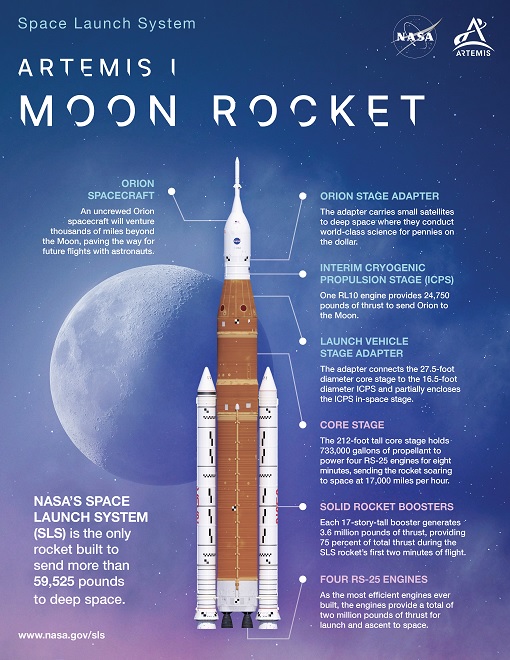
The price tag for each launch has ballooned to US$4.1 billion, according to NASA’s auditor in March this year – 8 times more than first estimated by NASA officials. The best part is, according to NASA Inspector General Paul Martin, the jaw-dropping US$4.1 billion estimate is only for production costs and ground operations, and does not include development costs.
Martin said – “It’s a challenging development process, of course, but we did see a very poor contractor performance on Boeing’s part – poor planning and poor execution. We saw that the cost-plus contracts that NASA had been used to develop that combined SLS and Orion system work to the contractors rather than NASA’s advantage, and for NASA’s part we saw poor project management and contract oversight.”
NASA depended on Boeing, Northrop Grumman, Lockheed Martin and other aerospace companies to develop different parts of the SLS rocket. Elon Musk’s SpaceX, through its Space Exploration Technologies Corp., is responsible to develop its Starship spacecraft, and the booster that would blast it off. SpaceX’s rocket system has not even flown an orbital test yet, despite having begun testing since 2019.
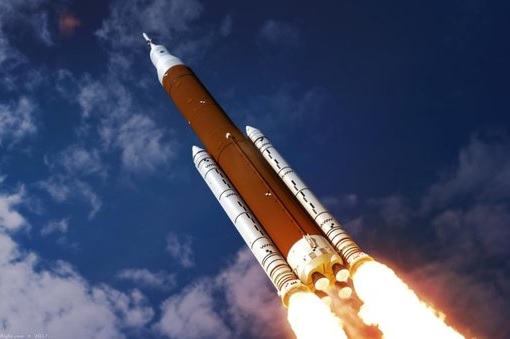
But the costs have hit the moon before the first mission could even take off. An internal audit done by NASA’s Inspector General found more than US$40 billion has already been spent on the program. And when the Artemis project makes its first landing in 2025 (assuming there isn’t any delays), the program would have burned a whopping US$93 billion.
Even then, the 2025 date is in doubt, said the NASA’s Inspector General when he warned the Congress. That’s because development technologies, including the next-generation spacesuit, needed to land on the moon’s surface are unlikely to be ready before 2026, at the earliest. How is it possible that the U.S. does not have the technologies today when it did back in 1969?
Named after Apollo’s sister in Greek mythology, Artemis was bulldozed by Donald Trump after NASA made it clear, to the U.S. president’s annoyance, that a Mars landing isn’t possible before the end of his first term. Apparently, the spacesuits that NASA began developing in 2007 won’t be ready until at least 2025. What happened to the earlier spacesuit?
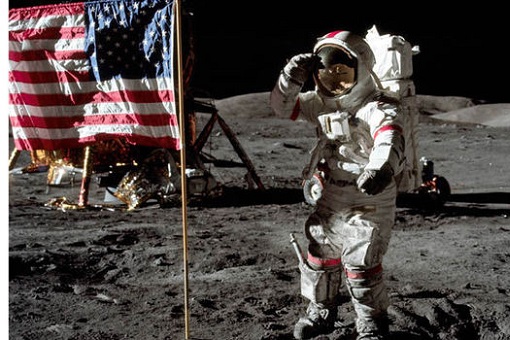
In the 1960s, during the U.S.-Soviet Cold War, the United States managed to pull off a moon landing in just 8 years. Today, despite all the computing power and technological advances amassed since 1969, America is lagging behind. But if the U.S. isn’t interested, or does not have the funds or technologies to send human for a space mission, why even bother to try?
It could be due to national prestige, geopolitical power, economic opportunity, scientific knowledge and whatnot. More importantly, it’s because of China. Some American politicians warn of a new space race with the Chinese. In 2013, Chang’e 3 soft-landed a rover on the moon – China’s first soft landing since Luna 24 on 22 August 1976. The rover was still operational until July 2016.
On January 3, 2019 Chang’e 4 became the first spacecraft to land on the far side of the moon. It then deployed Yutu-2 rover and began human’s very first exploration of the far side of the moon. As of July 2022, it has survived more than 1,000 days on the lunar surface and is still driving with cumulative travel distance of over 1,200 meters.
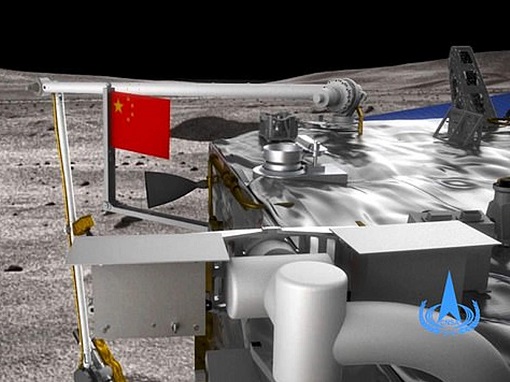
On December 6, 2020 Chang’e 5 landed and collected the first lunar soil samples in over 40 years, and then returned the samples to Earth. A China flag was planted on the moon, the second nation to do so after the U.S. more than 50 years ago. Even though NASA said the American flags were still standing on the moon, experts said they are likely to have been bleached white by the sun’s glare.
China’s flag, 2-metre wide and 90-centimetre tall (deliberately bigger than U.S. flag) and weighs about a kilogram, have been given features such as protection against cold temperatures. The country also has its own dedicated space station – “Tiangong or Heavenly Palace” – unlike the ISS (International Space Station) being shared by the U.S., Russia, Japan, Europe and Canada.
On July 24, 2022, China launched a 23-tonne research lab module to its newly built space station Tiangong. The lab Wentian is the second of three key modules and is expected to carry out biological and life science research. The first key module Tianhe contains living quarters for crew members, while the other key module, a Mengtian science lab, is due to be launched by the end of 2022.
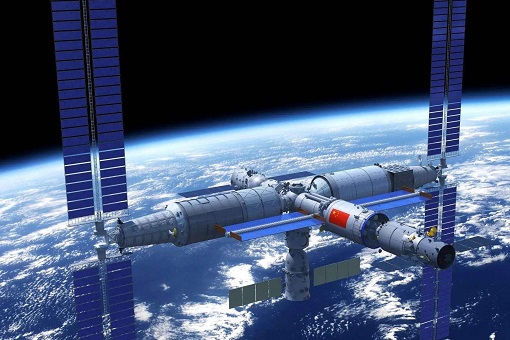
China was forced to build their own space station because Chinese astronauts are prohibited from the ISS because U.S. law bans its space agency, NASA, from sharing its data with China. China’s ambitions is to become a leading space power. By 2030, it aims to have put its first astronauts on the moon, and to have sent probes to collect samples from Mars and Jupiter.
It was largely due to China’s aggressive expansion in space that NASA plans to return to the moon with astronauts. To prevent rivals from controlling the moon, which is seen as a key strategic asset in outer space, Trump drafted the Artemis Accords as a legal blueprint for mining on the moon. Russia and China, however, have rejected the Accords, saying the U.S. has no right to make rules for space.
Other Articles That May Interest You …
- Moscow & Beijing Laughing All The Way To The Bank – How China Makes Easy Money Reselling Russian Gas To Europe
- The Worst Is Not Over Yet – Why Inflation & Recession Are Still Alive And The Global Economy Is Still In Bad Shape
- U.S. Plunges Into Recession – But Biden Govt Scramble To Redefine Recession To Create Illusion There Isn’t Any Recession
- A Shift In Propaganda To Damage Control In Washington – Why President Biden & Western Media Making U-Turn Now
- Economic & Financial Meltdown Is Here – All Signs Lead To Recession, Stagflation, Jobless And A Repeat Of Dot-Com Bust
- Russia Cuts Off Gas To Poland & Bulgaria – European Gas Jumps 24% As Putin Starts Punishing “Unfriendly Countries”
- U.S. Sanctions Fail – How Russian Currency Emerges Stronger Than Pre-War With A New Gold Standard
- From Wheat To Oil & Gas – How Russia Invasion Of Ukraine Affects Europe’s Food Supply, And Even Your Loaf Of Bread
- Here’s Why Zuckerberg Was Furious When SpaceX Rocket Exploded
- Forget MARS – China Is Building A “Space Station” … Under South China Sea
- Need A Rest At Japan Narita Airport? Here’s Capsule Or Spaceship Pod You Should Try

|
|
September 4th, 2022 by financetwitter
|


|

|

|

|

|

|




























Comments
Add your comment now.
Leave a Reply